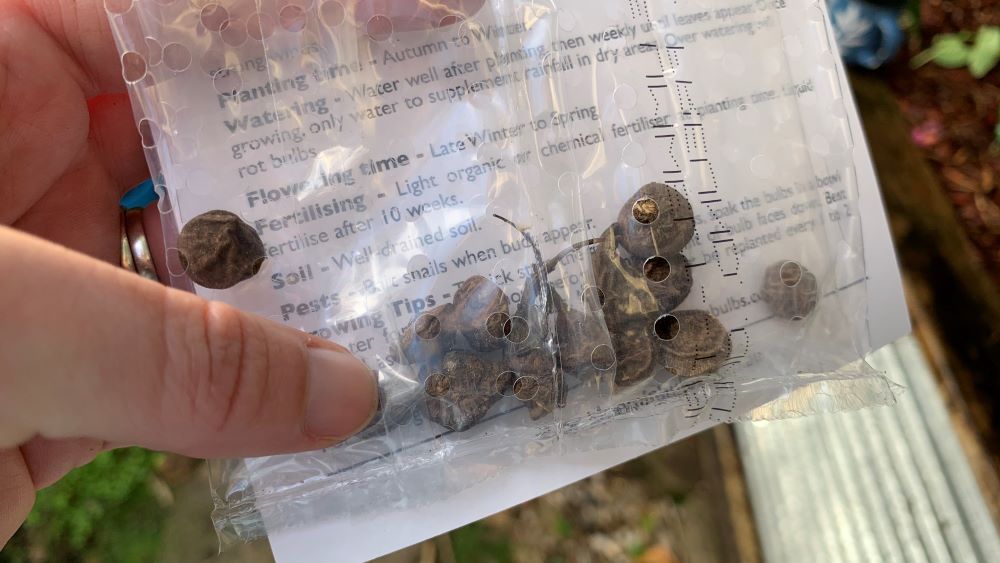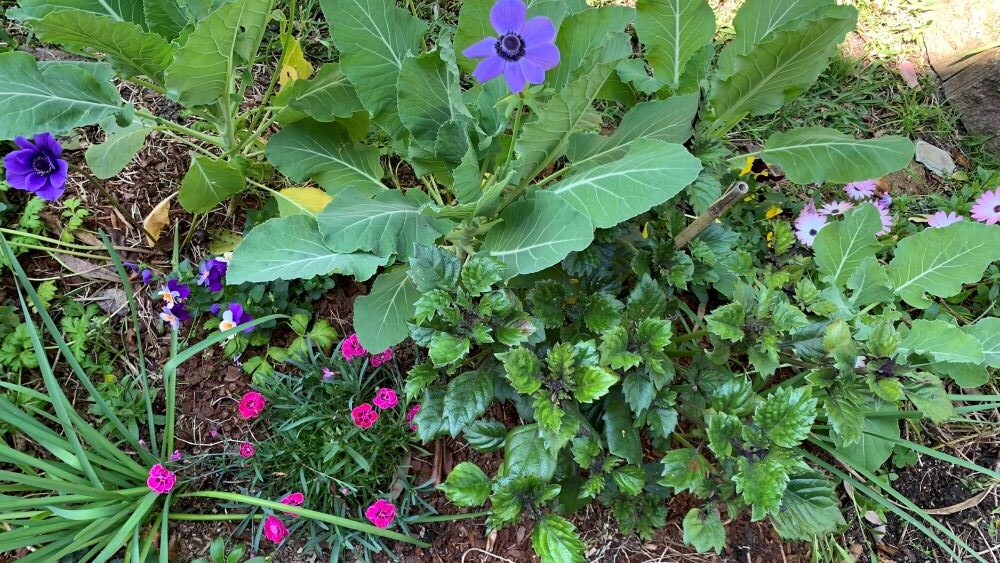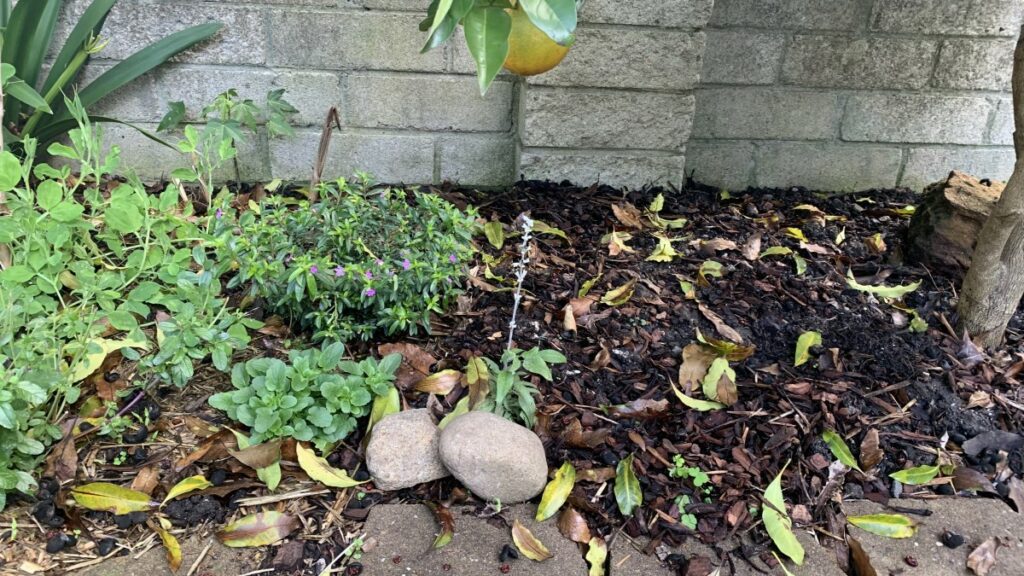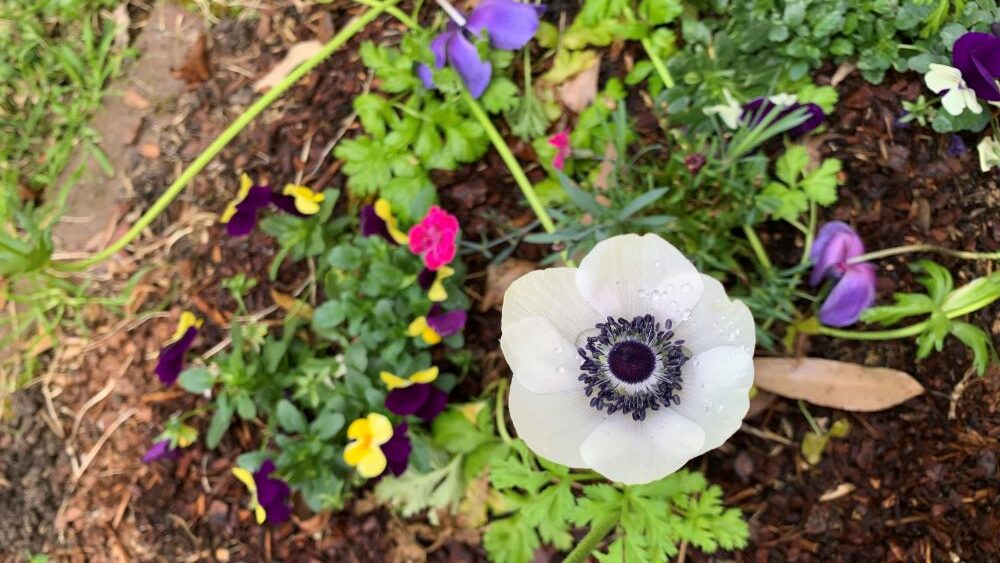Snails and slugs can eat the bulbs of plants such as lilies and tulips however it is rare. They usually prefer the shoots, flowers, leaves, and even the roots of the plant. Once the buds start to appear above the soil level it will be important to control snails and slugs so the plant is not damaged.
Slugs and snails will occasionally chomp on the bulbs, especially if they are partially above ground, it’s good to know how to stop this from happening.

7 Ways to Protect Bulbs from Slugs and Snails
To keep slugs and snails away from your bulbs check out the list below.
1. Encourage Natural Predators
As long as slugs are eating the roots and leaves of your plants, they might eat the bulbs, too, which you don’t want. Encouraging natural predators to come to your garden will lead to fewer slugs and snails.
Some of the creatures you might want to consider include blackbirds, owls, chickens, turkeys, fireflies, beetles, and ants. Avoid using pesticides, plant a wide variety of plants to feed the insects and plant trees and shrubs to provide natural bird habitat.

2. Pick Slugs and Snails off the Plants by Hand
Snails and slugs usually show up in your garden about two hours after nightfall and start chomping down on your plants.
An effective way to prevent them from eating your bulbs is to go out to your garden about that time with a flashlight and catch them in the act.
Using gloves, pick the slugs off by hand and get rid of them afterwards. Once you notice their population dwindling, you can pick them off once a week instead of more often.
3. Make Your Own Snail and Slug Traps
You don’t have to use fancy traps to get rid of your slugs. Simply place sheets of wood or cardboard down on top of fresh soil, then flip the boards over once a day to get rid of the slugs that have gathered on the undersides.
Slugs and snails like dark, moist places so they’ll naturally gather in the soil underneath the boards.

4. Deter Them with Copper
Since slugs and snails have slimy bodies, copper gives these creatures a small electric shock every time they come near anything made with copper.
Try placing copper flashing in the ground all the way around the plants and make sure it is deep within the soil.
Also make sure the flashing is two inches above the ground to do an even better job of deterring the snails and slugs. Keep in mind that only un-tarnished copper will work on these creatures. You might consider cleaning it with diluted vinegar periodically to keep it nice and clean.
5. Reduce Slug and Snail Hiding Spots
Snails and slugs love to hide in moist, dark places, reducing their hiding spots is a good way to reduce their population.
Rake up leaves regularly, store piles of brick or logs away from the garden, and switch to pine-needle and straw mulch instead of mulch made with wood chips.
Elevate containers and pots and make sure any statues or sculptures are far away from your bulb plants. You’ll want to make sure any potential dark, moist hiding place is nowhere near any of your bulb plants.

6. Keep the Topsoil of Your Plants Dry
Slugs and snails are attracted to places that are moist, so let the top inch or two of your soil get dry before watering your plants. Water each plant separately and only at the base, instead of watering the entire area at one time.
Another option is to use a drip irrigation system instead of sprayers to water your plants. This will spread less water around the area.
Water your garden in the morning. That way, most of the moisture will be out of the garden by nightfall when the slugs come out.

7. Use a Garlic Spray to Repel Them
There are certain smells that slugs and snails hate, and garlic is one of them. Take two bulbs of garlic and crush them, then boil them in five cups of water for about four or five minutes.
Strain the mixture to remove the garlic and fill it up with water to equal five cups. Use one tablespoon of this mixture with one gallon of water and spray your plants liberally to get rid of slugs and snails. Do this two or three times per week for the best results.
Do Slugs Eat Lily Bulbs?
Slugs and snails typically stay away from any type of bulbs, although they occasionally do eat them. They prefer the rest of the plant over the bulbs, in part because they do not like to go deep under the ground to get their food sources.
If any part of the lily is exposed, however, this can change because slugs and snails will eat anything that is easy to get to. Keep in mind that they still prefer to eat other parts of the bulb plant, especially the leaves.
Do Slugs Like Daffodils?
Daffodils are a favorite of snails and slugs, but they don’t eat the bulbs. The bulbs of the daffodil plants are poisonous to slugs and snails, so they tend to avoid them.
They do love the taste of the flowers and buds on the daffodil, but unlike other plants, they do not eat the leaves of this plant. If your daffodil bulbs and flowers are destroyed but it doesn’t look like they’ve been eaten, it is likely they’ve been attacked by squirrels.
How Do I Stop Slugs from Eating My Daffodils?
It’s hard to catch snails and slugs red-handed because they eat plants at night. Your best options are to pick them off the plants by hand and discard them.
This means you’ll have to get out there at night; introduce predators such as hedgehogs and frogs to your garden; or use parasitic nematodes, an effective but costly solution to controlling slugs.
Conclusion
Slugs and snails love to eat bulb plants but usually leave the bulbs themselves alone. They concentrate instead on the leaves, stems, and shoots of these plants. They especially love daffodils but will eat the flowers and buds only, simply because the bulbs are poisonous to them.
I am an accredited practicing dietitian, experienced gardener and a dedicated cook. I love writing and sharing my experience so you can learn from my successes and mistakes.
